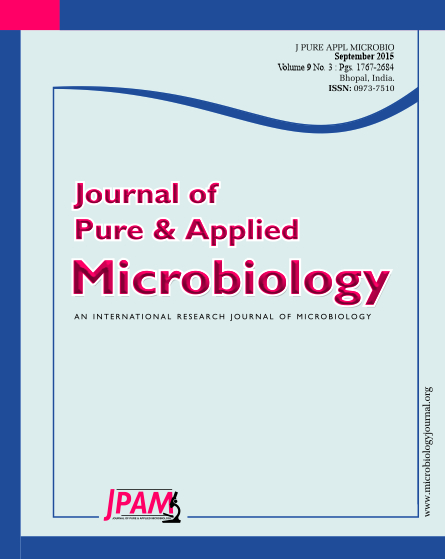Plasmodial lactate dehydrogenase enzyme is known to be a potential immunodiagnostic marker as well as a novel target for chemotherapy and hence its economical bulk production is required. Although Escherichia coli offers a mean for rapid, high yield, and economical production of recombinant proteins, high-level production of functional recombinant Plasmodium falciparum lactate dehydrogenase enzyme in E. coli is quite challenging. To explore a new approach for high level soluble expression of PfLDH in E. coli, the recombinant clone carrying the transgene was subjected to optimizations of expression conditions at shake flask level. The comparative analysis of different culture parameters revealed that modified-TB medium at a specific pH has the highest capacity to produce the high level of expression of PfLDH. There was an increase of 23% pure protein from the culture grown under optimised conditions in comparison to normal medium. The purified rPfLDH was found to be biologically active with specific activity of 485.3 µmol/min/mg. We believe that this strategy could be of special interest due to its capacity to improve the expression level of PfLDH and the procedure described in this study may provide a reliable and simple method for production of large quantities of soluble and biologically active PfLDH.
Malaria, PfLDH, optimized expression, affinity purification, enzyme kinetics
© The Author(s) 2015. Open Access. This article is distributed under the terms of the Creative Commons Attribution 4.0 International License which permits unrestricted use, sharing, distribution, and reproduction in any medium, provided you give appropriate credit to the original author(s) and the source, provide a link to the Creative Commons license, and indicate if changes were made.


